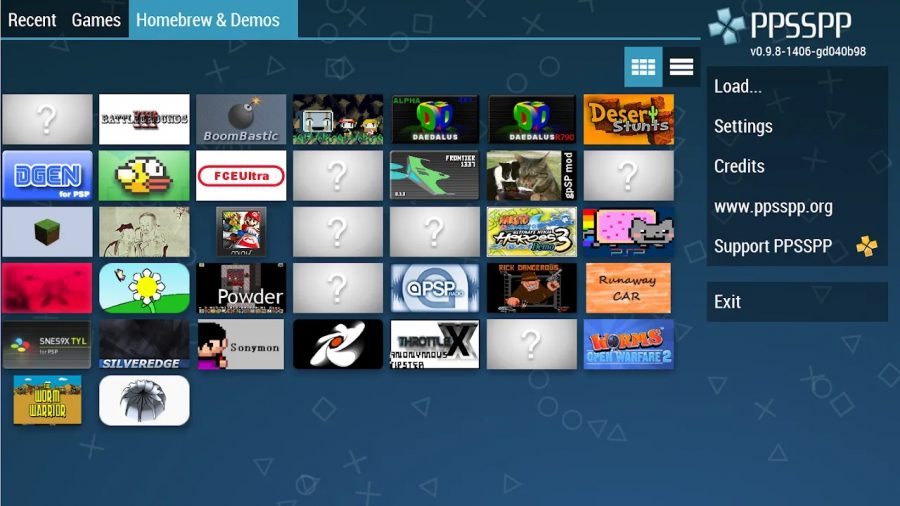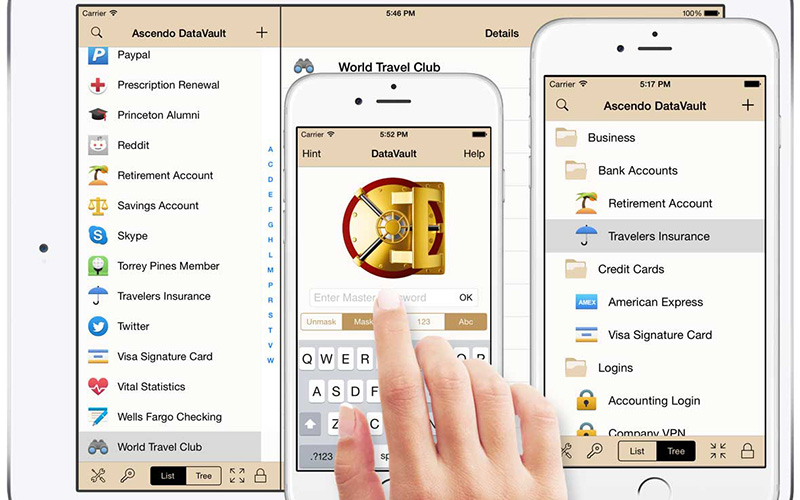4 Advantages of Having SASE On Your Remote Network

Are you looking for a way to make your network more secure against possible data theft and black hat hackers?
Do your users and employees find the network to be too slow for their needs?
Do you need security that can keep up with your rapidly scaling cloud architecture?
Secure Access Service Edge (SASE) is a cybersecurity solution that aids enterprises with scaling and remote IT infrastructures to increase the performance of a network without compromising on security.
What are the key capabilities of the SASE, and what are the main benefits of this technology for businesses?
What is SASE?
SASE is a platform that integrates versatile security and networking solutions. It’s designed for remote companies that are continually growing and adding more tools and components to their infrastructure.
That is, it utilizes the worldwide network of Points of Presence (POPs) to shift the security services right to the edge of a network. The traffic gets inspected on POPs and then (if it’s not blocked) continues to its designated destination through the fastest route.
Some of the capabilities of unified SASE security are:
- Zero Trust Network Access (ZTNA) which enforces a stricter “trust but verify” policy for anyone attempting to access the system and gain deeper account privileges
- Software Defined WAN (SD-WAN) responsible for the distribution of traffic within a network in the most efficient and rapid way
- Data Loss Prevention (DLP) is essential for guarding sensitive data and access to it within the ever-growing network
- Secure Web Gateway (SWG) provides safe internet access with threat prevention solutions such as Antivirus, URL filtering, and Zero-Day sandboxing
- Integrated Advanced Threat Prevention which protects the network from common bad actor activity such as phishing and malware
- Firewall as a Service (FWaaS) stops the threats that are attempting to enter the system via the internet
Otherwise, this component would be siloed in multiple different interfaces. With SASE, they’re available from one dashboard.
#1 Cutting Costs For a Business
Considering that SASE offers a unified platform that is easy to scale based on the needs of a company and intuitive to implement, the solution cuts costs for the organization.
Security overhead costs are lower with SASE because it’s easy to deploy as well as manage the technology — meaning fewer people are needed to operate the security.
Components such as SD-WAN are available as security as a service — meaning organizations can add them to the new parts of the network based on their current needs and growth stage.
As a result of such flexibility, enterprises have an alternative to investing in complete security at once or paying for separate security solutions from different vendors.
#2 Increasing the Security of a Network
From data protection to early threat prevention, SASE is designed with stronger security in mind. It combines the functionality of the top network security tools all in one place.
For instance, after deploying SASE, the network adheres to the Zero Trust Network Access principles, making it difficult for intruders with stolen credentials to get deeper access into the network of a business.
This means that the zero trust principle is administered over the entire network of a business — from one endpoint to another.
Sensitive user information is guarded with data loss prevention technology that is tasked with blocking the possible exfiltration of data by malicious hackers within the system.
Common cyber threats such as phishing, zero-day threats, and viruses are kept away from the infrastructure with solutions like zero-day sandboxing and antivirus.
#3 Improving User Experience
Besides better security, SASE enables a faster network — which is essential for a better user experience for anyone who might connect to the cloud or use an application.
Retaining security and keeping the speed to a high standard in scaling remote infrastructures is a challenge. SASE offers a different approach to networking and security for enterprises.
For instance, compared to the networks that use a VPN to filter traffic, SASE replaces it with ZTNA, increasing the speed of the network as well as bettering security.
Any user that connects to the network can enjoy a fast network that doesn’t lag — regardless of where in the world they might be or which device they link to the network (BYOD or software used at home).
#4 Simplifying Security Processes
In cybersecurity, complexity makes processes difficult. Teams are facing more advanced hacking threats, and they have to guard more intricate multi-cloud structures that can change in minutes.
SASE allows a painless way to manage and secure an ever-growing attack surface that covers a wide area of clouds, applications, and networks.
Security analysts within companies are working with people that have versatile skills and often lack enough staff. They seek tools and security solutions that are easily integrated and thus don’t require a lot of additional training for teams.
Therefore, SASE comes in handy as a simpler and more intuitive security solution that can be applied on the go as the company grows and opens itself to new types of cyber incidents.
Another thing that makes security simpler is that, instead of relying on several different tools, teams can now consult a single interface that encompasses versatile tools that would otherwise be separate.
Faster, Simpler, and More Secure Networks
Overall, SASE allows a better-performing network within which systems, users, and their data are safe at all times.
The platform unifies security tools and network solutions to enable companies to increase the visibility of the threat hunt, enforces security policies across a rapidly growing network that is accessed globally, and guards the sensitive data kept within the architecture.
For remote employees and clients, this means that they’re connecting to a network that is safe and fast, regardless of which device they use or where they might be in the world.




